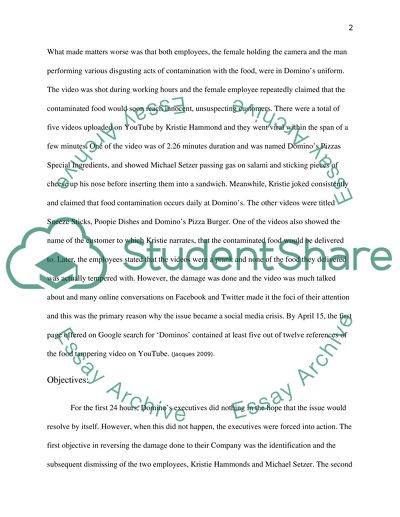Cite this document
(“Domino's Pizza Media Crisis Research Paper Example | Topics and Well Written Essays - 2000 words”, n.d.)
Domino's Pizza Media Crisis Research Paper Example | Topics and Well Written Essays - 2000 words. Retrieved from https://studentshare.org/journalism-communication/1434129-domino-s-pizza-crisis
Domino's Pizza Media Crisis Research Paper Example | Topics and Well Written Essays - 2000 words. Retrieved from https://studentshare.org/journalism-communication/1434129-domino-s-pizza-crisis
(Domino'S Pizza Media Crisis Research Paper Example | Topics and Well Written Essays - 2000 Words)
Domino'S Pizza Media Crisis Research Paper Example | Topics and Well Written Essays - 2000 Words. https://studentshare.org/journalism-communication/1434129-domino-s-pizza-crisis.
Domino'S Pizza Media Crisis Research Paper Example | Topics and Well Written Essays - 2000 Words. https://studentshare.org/journalism-communication/1434129-domino-s-pizza-crisis.
“Domino'S Pizza Media Crisis Research Paper Example | Topics and Well Written Essays - 2000 Words”, n.d. https://studentshare.org/journalism-communication/1434129-domino-s-pizza-crisis.


